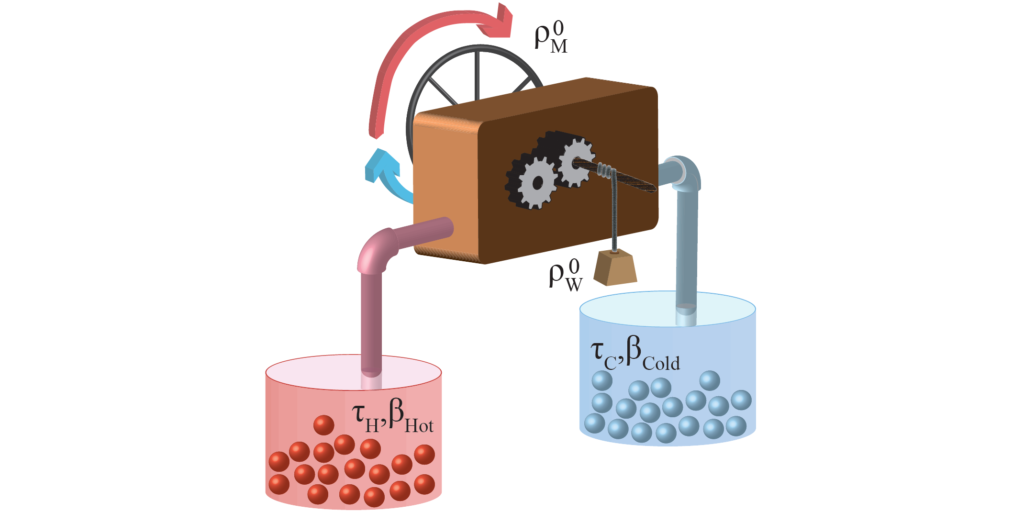HEAT ENGINES AND THEIR EFFICIENCY IN THERMODYNAMICS-II
HEAT ENGINES AND THEIR EFFICIENCY IN THERMODYNAMICS-II
Introduction: Heat engines play a pivotal role in our modern world, powering everything from automobiles to power plants. Understanding the efficiency of heat engines is essential for optimizing energy utilization and minimizing environmental impact. In this article, we delve deeper into the principles of heat engines and explore their efficiency in the context of thermodynamics.
1. The Basics of Heat Engines:
- Heat engines are devices that convert heat energy into mechanical work.
- The most common types of heat engines are steam engines, internal combustion engines, and gas turbines.

2. Working Principle:
- Heat engines operate on the principles of the second law of thermodynamics.
- They follow a cyclic process that involves the intake of heat, performing work, and releasing waste heat.
3. Efficiency Defined:
- Efficiency is a critical parameter for heat engines, defined as the ratio of useful work output to the input heat energy.
- It is usually denoted by the Greek letter eta (η).
4. Carnot Efficiency:
- The Carnot efficiency is the maximum theoretical efficiency any heat engine can achieve.
- It is determined solely by the temperatures of the hot and cold reservoirs, following the Carnot cycle.
- No real heat engine can surpass this efficiency.
5. Real vs. Ideal Efficiency:
- Real-world heat engines always operate at less than the Carnot efficiency due to inherent losses.
- These losses include friction, heat leakage, and imperfections in the thermodynamic cycle.
- Engineers strive to design engines that come as close as possible to Carnot efficiency.

6. Factors Influencing Efficiency:
- Higher temperature of the heat source results in greater efficiency.
- Lower temperature of the heat sink enhances efficiency.
- Reducing internal losses through better engineering and materials improves efficiency.
7. Thermal Efficiency Formula:
- The thermal efficiency (η) of a heat engine can be calculated using the formula: η = (W/QH), where W is the work done, and QH is the heat input.
8. Applications:
- Heat engines are used in a wide range of applications, including transportation, electricity generation, and industrial processes.
- Advances in technology have led to more efficient and environmentally friendly engines.
9. Environmental Impact:
- The efficiency of heat engines is closely related to their environmental impact.
- Higher efficiency means less waste heat and reduced fuel consumption, leading to lower greenhouse gas emissions.
10. Future Developments:
- Ongoing research focuses on developing novel heat engines that can operate at higher efficiencies.
- Incorporating alternative fuels and renewable energy sources into heat engines is a growing area of interest.
Conclusion: Understanding the efficiency of heat engines is crucial for addressing energy and environmental challenges. While the Carnot efficiency sets a theoretical limit, real-world engineering strives to approach this limit as closely as possible. Improvements in heat engine efficiency have the potential to revolutionize energy utilization and contribute to a more sustainable future.


